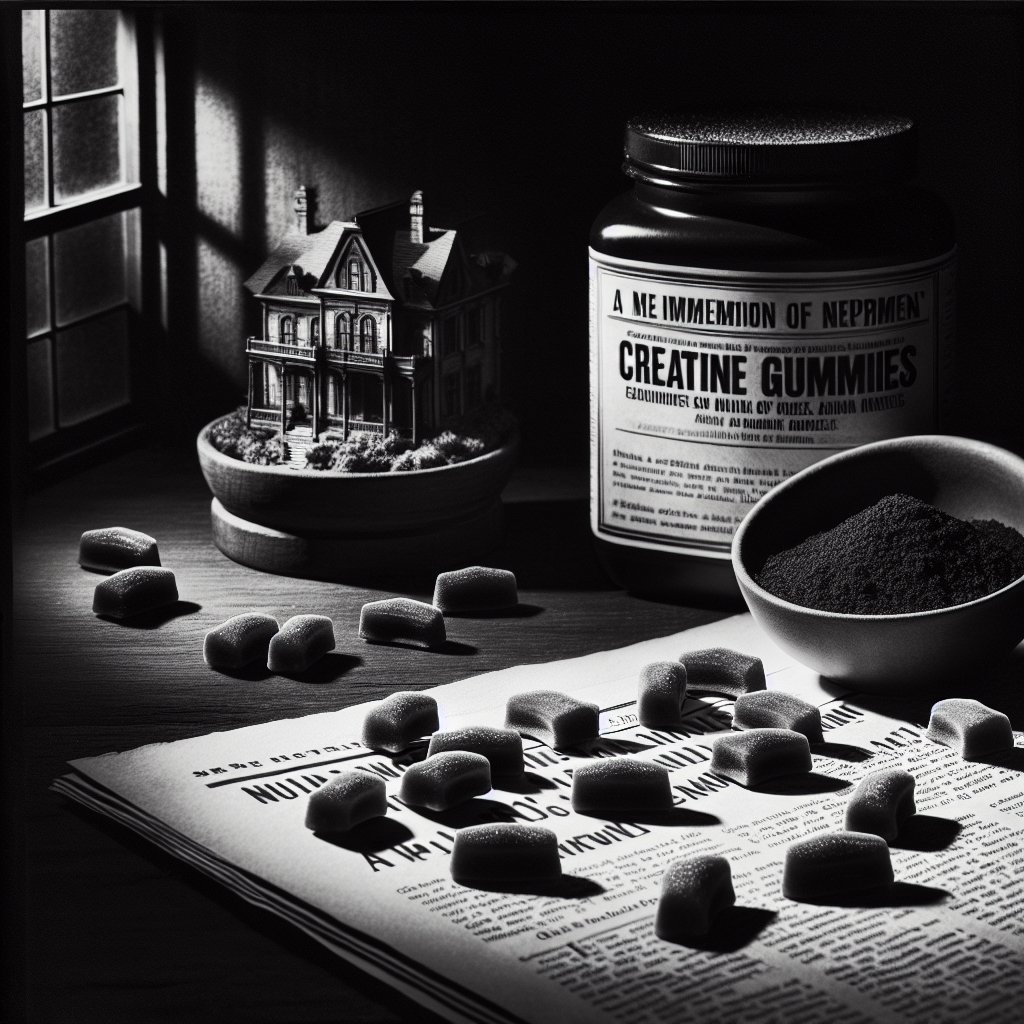The Creatine Gummy Promise
Creatine is the king of supplements, revered for boosting muscle growth, strength, and even cognitive function. But let’s face it, no one enjoys choking down gritty powder. Enter creatine gummies—a game-changer that promised all the benefits of creatine in a tasty, chewy form. It was an easy sell, and they flew off the shelves faster than you could say ‘muscle gains.’
However, as the popularity of these gummies soared, so did scrutiny. Third-party labs started poking around, and what they found was shocking. Many of these so-called creatine gummies contained only a fraction of the creatine they promised—or worse, none at all. It was a scandal that rocked the supplement world, leaving many questioning who to trust.
The Scandal Unfolds
In 2024, NOW Foods kicked off an investigation into these gummies, using high-performance liquid chromatography to test the creatine content. Their findings? Out of 12 products tested, five failed miserably. Some had only a fraction of the claimed creatine, while others had none. SuppCo followed suit in 2025, testing six top-selling gummies on Amazon, only to find that four were under-dosed.
The worst offender was Happyummmm, with its label claiming 5 grams of creatine per serving, yet tests showed a pathetic 0.005 grams. To get a proper dose, you’d need to consume 2,000 gummies a day. Meanwhile, brands like Ecowise and Vidabotan contained zero detectable creatine. This wasn’t just a case of bad luck; it was a systemic issue that highlighted the lack of regulation in the supplement industry.
Why Gummies Fall Short
So why are these gummies failing? Simple: money. Some companies are cutting corners to maximize profits, knowing full well there’s no legal requirement for third-party testing. They can slap a label on a candy and call it a supplement, banking on the fact that most consumers won’t know the difference.
There’s also a chemistry problem. Creatine is stable in powder form, but when mixed with water to make gummies, it breaks down into creatinine—a useless byproduct. If the gummies are too wet or exposed to heat, the creatine degrades before they even hit the shelves. High-quality brands counter this by adding extra creatine and keeping the gummies drier, but not every company is willing to go the extra mile.
Finding Gummies That Work
Want to avoid getting duped by ‘Gummygate?’ Demand proof. Reputable brands will conduct third-party testing to ensure their gummies contain the promised dose of creatine. If a company can’t provide these results, walk away. It’s that simple.
Also, don’t judge creatine gummies by candy standards. They need to be drier and firmer to prevent creatine breakdown. If a gummy is as soft as a gummy bear, be suspicious of its creatine content. Brands like Legion take quality seriously, adding extra creatine and managing inventory to ensure potency. If you’re serious about your gains, choose your gummies wisely.
Key Facts Worth Knowing
- •💡 Creatine gummies often contain less creatine than advertised.
- •💡 Testing revealed some gummies contained less than 0.1% of the claimed creatine dose.
- •💡 Creatine breaks down into creatinine in moist or hot conditions.
- •💡 High-quality gummies add extra creatine to compensate for potential breakdown.
- •💡 Demand third-party lab results to ensure supplement quality.



